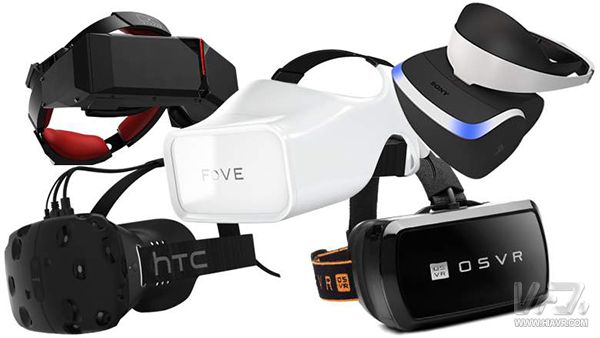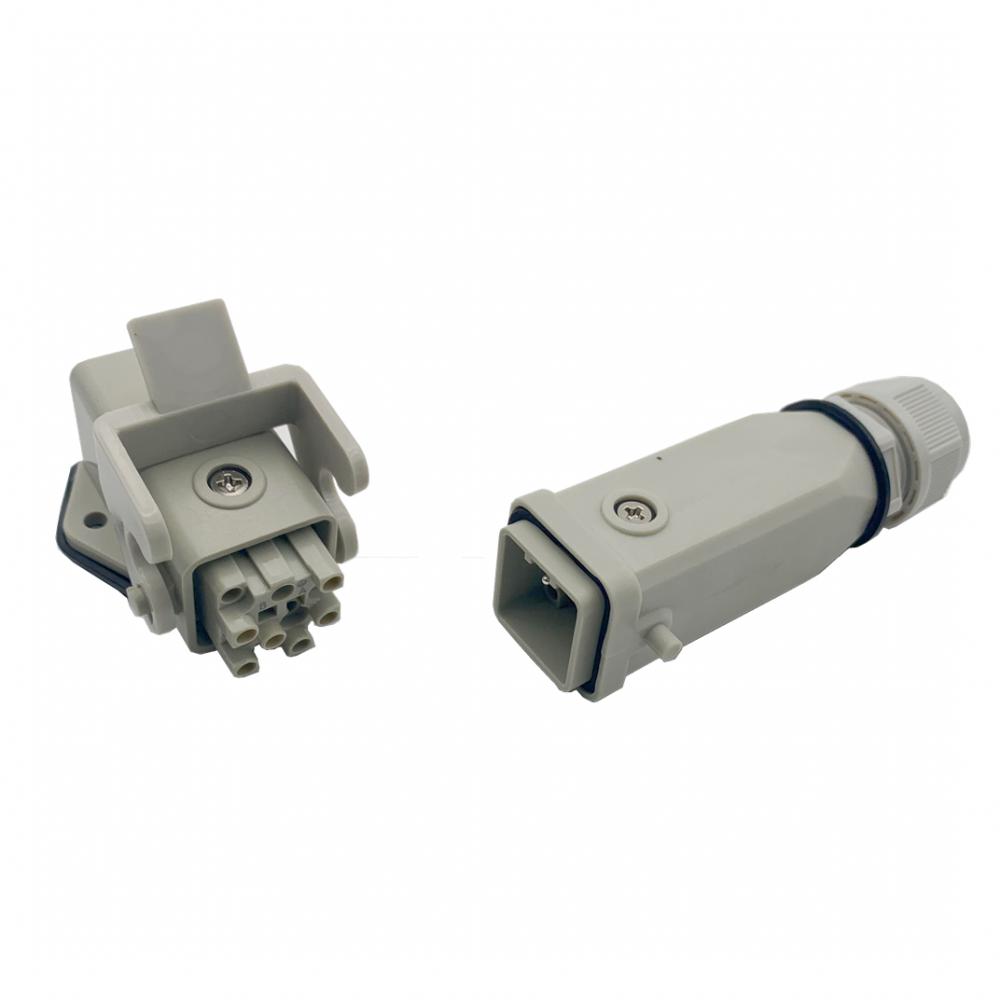
2017 was a tough year for the advertising industry. Companies faced budget cuts, legal challenges, and growing skepticism over how digital ads are measured. These factors combined to create a climate of uncertainty and declining trust in traditional ad models.
But there’s hope on the horizon. The rise of virtual reality (VR) and augmented reality (AR) is creating new opportunities to rethink engagement. With technologies like "gaze control," advertisers can now measure user attention more accurately than ever before. When paired with blockchain technology—known for its transparency and security—this could lead to a more open, trustworthy, and efficient advertising ecosystem.
The Problems with Old Ads
It wasn’t just one issue—it was a series of warning signs. In August, Sir Martin Sorrell of WPP revealed that major consumer brands were cutting their ad budgets, which led to a 10% drop in the company’s stock price. Earlier, Procter & Gamble had announced a $100–$140 million reduction in digital ad spending due to “invalid†ads related to brand safety and delivery.
Meanwhile, Uber recently filed a lawsuit against Fetch Media, claiming it had wasted tens of millions on fraudulent ads that weren’t even viewable. A report from WPP’s research arm earlier this year highlighted the scale of the problem: machine fraud could cost the industry up to $12.48 billion annually—nearly 20% of global digital ad spend.
This isn’t a new issue. For years, bad actors have manipulated metrics to inflate ad performance. As trust eroded, many companies began to cut back or experiment with new strategies. Some shifted toward content-driven marketing, but these changes often felt like temporary fixes rather than long-term solutions. Meanwhile, the rise of ad blockers showed just how fed up consumers had become with intrusive online ads.
So the big question remains: What happens when VR and AR become mainstream? How can they reshape the future of advertising?
Faster and More Engaging Experiences
Google has already started encouraging developers to explore how VR can transform traditional ads. But this approach still feels like an extension of old models, not a true reinvention. We need to ask ourselves: Are today’s ad models still relevant? Can VR and AR help us find better ways to engage users?
One key advantage of VR and AR is their ability to offer more immersive and personalized experiences. Unlike traditional web browsing, where users click through links, VR and AR environments rely on natural movements—like eye tracking and head movement—to guide interaction. This is known as "gaze control." It allows for faster, more intuitive navigation and a deeper level of engagement.
For advertisers, this means new ways to measure effectiveness. Traditional metrics like click-through rates don’t apply in VR. Instead, gaze control offers a more accurate way to track attention. Advertisers could be charged based on how long a user actually looks at a brand or product within a VR experience. This could lead to more honest and effective ad campaigns.
Blockchain as a Transparent Advertising Platform
Another game-changer is blockchain. By combining it with gaze control, we can build a new advertising model that is secure, transparent, and fair. Blockchain can record data such as user interactions, content ownership, and ad impressions, making it easier to verify and track performance.
With distributed ledger technology, brands and creators can establish a more trustworthy system. Every interaction—every glance, every moment of attention—can be recorded and shared securely. This creates a foundation for a more efficient and ethical advertising ecosystem.
As VR and AR continue to evolve, the integration of gaze control and blockchain could redefine how ads work. It's not just about showing more ads—it's about creating meaningful, engaging, and trustworthy experiences that resonate with users in a new digital world.
The international advanced nature of the Heavy Duty Connector in terms of structural design and material use makes the connector outstanding in terms of electrical performance. Traditional connection methods cannot achieve the reliability of electrical connection systems.
This new interface is widely considered an industrial connector, and its applications are not limited to manufacturing. This connector is designed to be tested in harsh industrial environments. Legacy connected devices provide users with years of guaranteed service in a typical office environment. However, exposing the same copper cable or fiber optic connector in extreme cases will degrade performance and reliability, and users must pay expensive maintenance fees to eliminate faults and replace Accessories. A new connector specifically designed to create a robust Ethernet connection in harsh environments, stronger than previous connectors. More powerful. more resistant.

HQ-005 heavy duty connector,HQ-007 heavy duty connector,HQ-012 heavy duty connector,HQ-008 heavy duty connector,HQ-4/2 heavy duty connector
Kunshan SVL Electric Co.,Ltd , https://www.svlelectric.com